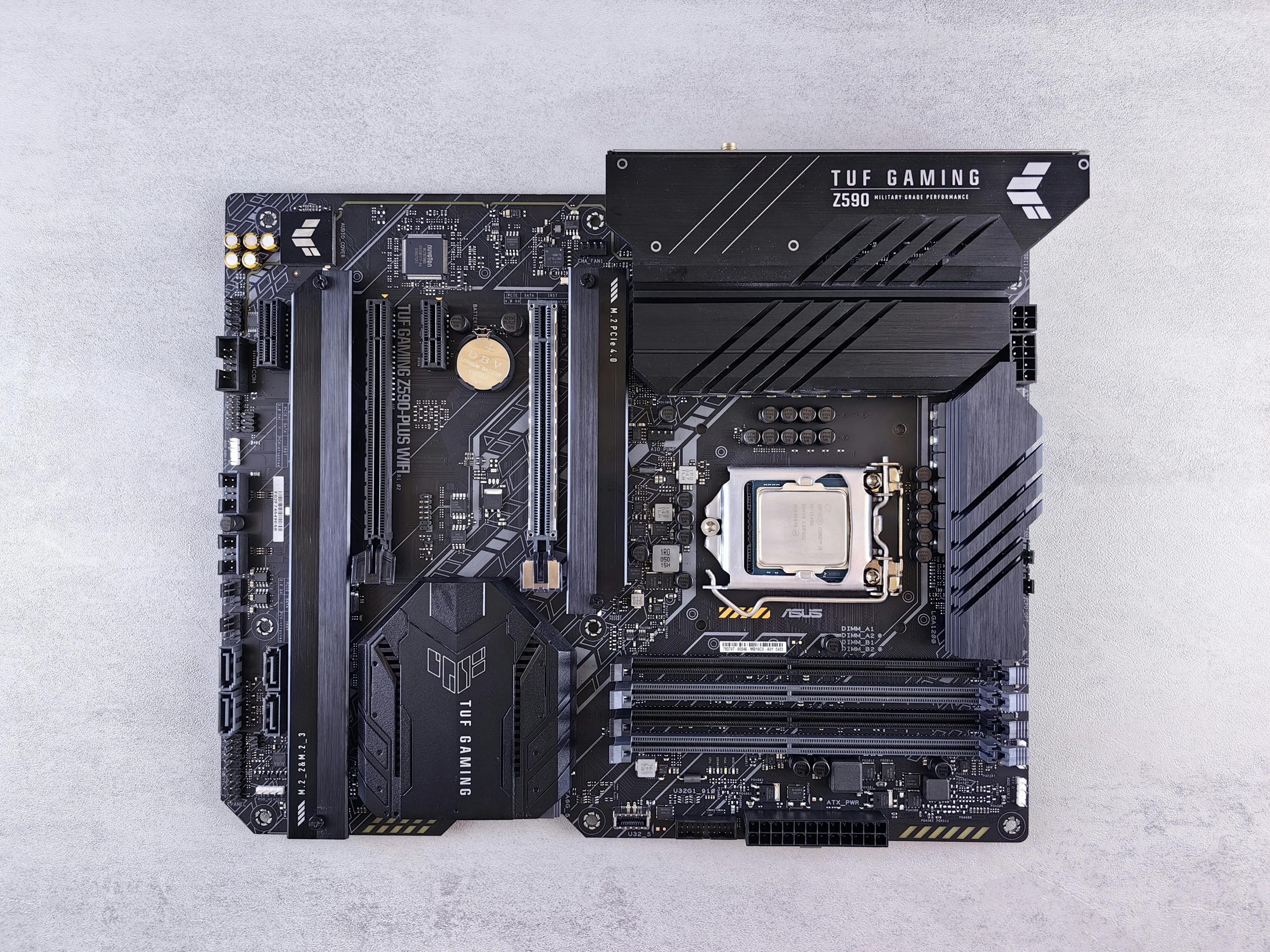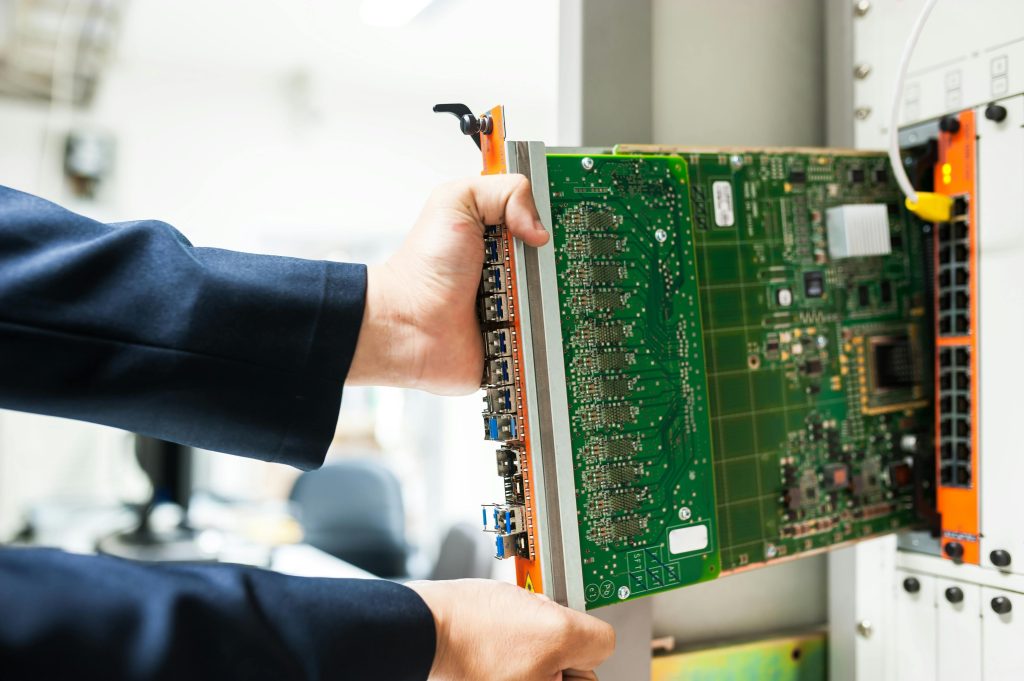Troubleshooting No Display Output When Installing the RTX 4070 Ti on Your Gigabyte B650 Aorus Elite AX Motherboard
If you’ve recently upgraded to an NVIDIA GeForce RTX 4070 Ti and are experiencing a no display output accompanied by a VGA light on your motherboard, you’re not alone. Many users encounter compatibility or configuration issues when installing high-performance graphics cards, especially during upgrades or system builds. In this guide, we’ll explore common causes and effective solutions to ensure your RTX 4070 Ti functions correctly with your Gigabyte B650 Aorus Elite AX motherboard.
Understanding the Issue
Your current system configuration includes a Gigabyte B650 Aorus Elite AX motherboard and an RTX 4070 graphics card that works seamlessly. However, after replacing the existing GPU with the newer RTX 4070 Ti, the system fails to display output, with a VGA (or “VGA light”) indicator illuminated on the motherboard. Notably:
- The older RTX 4070 functions properly without issues.
- System BIOS has been updated to the latest version.
- Clearing CMOS has been attempted without resolving the issue.
- BIOS settings do not recognize the PCIe slot for the new GPU, showing “PciEx16: N/A.”
This points towards potential compatibility, BIOS configuration, or hardware detection problems.
Common Causes and Solutions
-
Check Physical Connections and Power Supply
-
Ensure the RTX 4070 Ti is properly seated in the PCIe x16 slot.
- Verify that the power connectors are securely attached. The RTX 4070 Ti typically requires additional power via PCIe power connectors.
-
Confirm that your power supply (PSU) has adequate wattage and that connectors are functioning correctly.
-
Update BIOS and Firmware
-
While you’ve already updated the BIOS, double-check that the firmware version explicitly supports the RTX 4070 Ti. Sometimes, newer GPUs require the most recent BIOS updates, especially if the GPU is newer than the motherboard’s release.
-
Visit Gigabyte’s official website to verify the latest BIOS version and release notes for your specific motherboard model.
-
Reset BIOS Settings (Clear CMOS)
-
You’ve cleared CMOS, which resets BIOS to default settings. Consider re-entering BIOS and setting the primary display output to PCIe manually.
-
Disable integrated graphics if enabled, to force the system to recognize the dedicated GPU.
-
Configure BIOS Settings
-
Access BIOS during system startup.
- Navigate to
Share this content:



